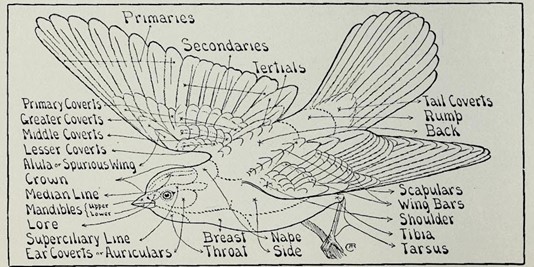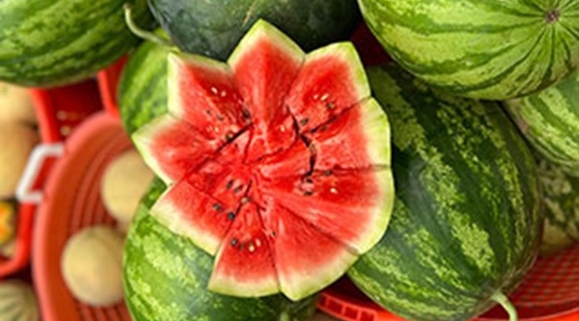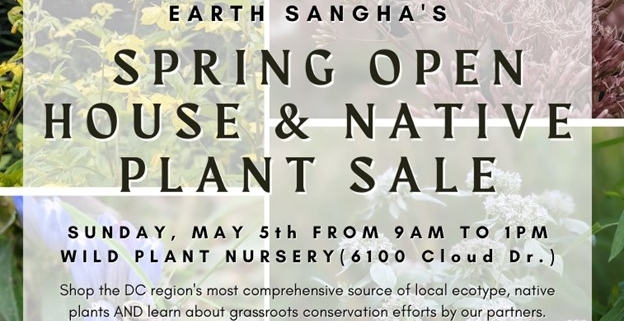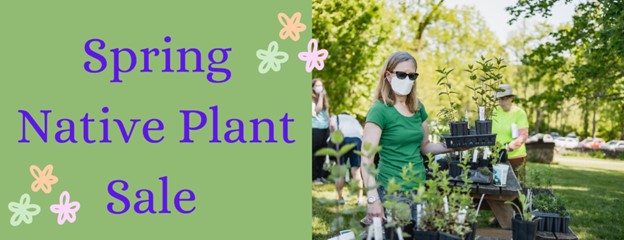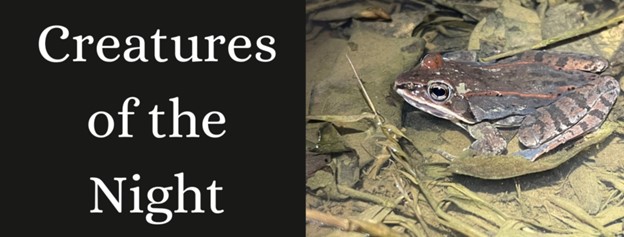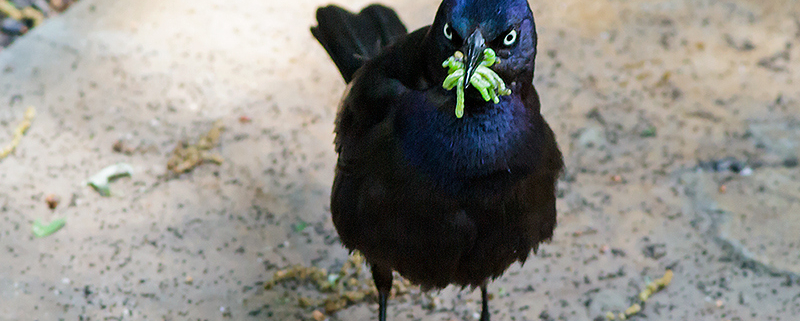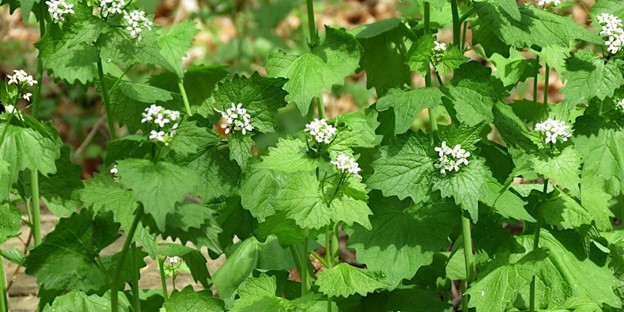Photo: FMN Janet Quinn, Hidden Pond stream monitoring
*NVSWCD Workshop*
Sugarland Run Stream Monitoring Workshop
When: Thursday, May 2, 3:00-6:00pm
Where: Sugarland Run Stream Valley Park, Herndon/Sterling
This site is located near one of the largest great blue heron rookeries (breeding/nesting areas) in the eastern US. Volunteers often find plenty of newly hatched young crayfish in the spring. This is also the most accessible stream site, which can be easily reached by wheelchair and/or other assistive tools over a paved path. Learn more and register for this workshop and others here.
*NVSWCD Workshop*
Little Difficult Run Stream Monitoring Workshop
When: Saturday, May 11, 1:00-4:00pm
Where: Fred Crabtree Park/Fox Mill Park, Herndon
This small stream is located in a peaceful wooded park a short hike away from the parking area. Little Difficult Run often scores very highly on the macroinvertebrate index because its watershed lies almost completely within the protected parkland. Reaching this site requires hiking through the woods and over uneven terrain. Learn more and register for this workshop and others here.
*NVSWCD Workshop*
Quander Creek/Dyke Marsh Stream Monitoring Workshop
When: Thursday, May 16, 9:00am-1:00pm
Where: Mount Vernon District Park, Alexandria
Volunteers monitor a small tributary of Dyke Marsh twice this spring in partnership with the Friends of Dyke Marsh. This is the District’s only muddy bottom stream, all others use the rocky bottom protocol. You will see a lot of cool crane fly larva and dragonfly larva here! Reaching this site requires walking through the woods and over uneven terrain. Space at this workshop is limited. If you’re interested in joining us, please email Ashley.
*NVSWCD Workshop*
Horsepen Run Stream Monitoring Workshop
When: Thursday, May 23, 3:00-6:00pm
Where: Horsepen Run Stream Valley Park, Herndon
This site has undergone a lot of change over the last few years! While it had become more challenging to monitor this site in the past, recent changes to the streambed have brought more riffles to monitor and we’re excited to see how this changes the macroinvertebrates we may find! This is an accessible stream site, which can be reached by wheelchair and/or other assistive tools over a paved path (there is a moderate slope). Learn more and register for this workshop and others here.
More Training and Stream Monitoring Opportunities
The NoVa Soil & Water Conservation teams are very excited to contribute their stream data to state and national datasets. If you’d like to see data from all the NVSWCD regional stream monitoring team’s active sites, you can find our organization on the Clean Water Hub.


